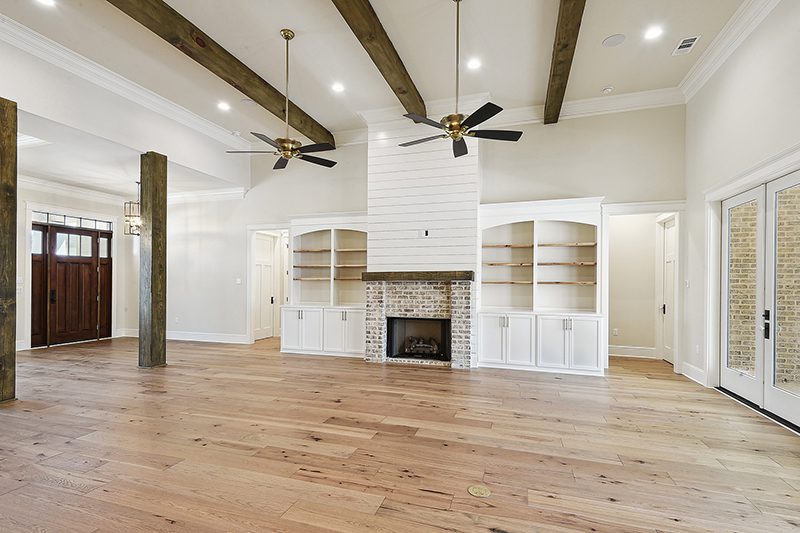Despite the increase in mortgage interest rates, home prices have remained stubbornly high for those real estate buyers who can still afford to purchase a new home for sale. The reason for this is that the market hasn’t recovered from the exceptional interest rates before and during the pandemic. Housing inventory remains low, which prompts bidding wars for available homes for sale. These bidding wars almost artificially inflate home prices, and the result has been a 1.4% increase in home value from April to May, which is the highest it’s been since June of 2022.
Even though this spring’s home buying season has been muted compared to the last two years, home buyers are still in the market to buy new and previously-owned homes in the Greater New Orleans
area. Nationally, the average home value was at $346,856, almost 1% higher than a year ago and 3.4% more than the beginning of 2023.
During a normal real estate market, pricing tends to trend downward beginning in August, but experts are waiting to see what this year’s market brings. The Midwest had the highest monthly price increases, and New Orleans, considered one of the smallest markets, increased by .6%. The trend of abnormally low home inventory continues in 2023 with May showing a 23% drop in listings compared to May, 2022, and this percentage aligns with the same drop of inventory in March of this year of 22%.
In addition to the pandemic surge and buyout of existing land and houses, another factor in the abnormally low inventory has been the high mortgage interest rates. Homeowners don’t want to sell their home, which probably had a fantastic interest rate and buy a home at a significantly higher rate. Also, once they put their home on the market, and it sells, they may not be able to find a new home to move into. Overall, in a 4-year comparison of home inventory, May 2023, inventory is 3.1% less than May of 2022, and 45.7% less than May of 2019.
If you are looking to buy a new home or build a new home, Ron Lee Homes has available lots for sale and ready to build your new home. Consider getting started with your home building process and Contact Us Today!
